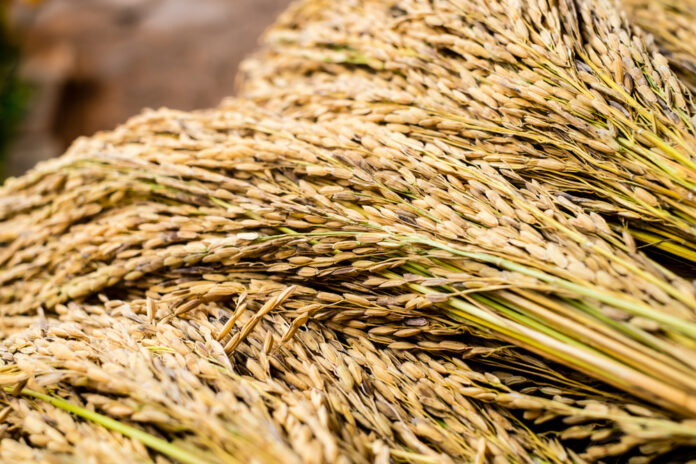The National Food Authority Council on Thursday approved a higher buying price range for palay to give the government corporation the flexibility to compete with private traders in securing supply and help rice farmers earn more from their harvest.
The NFA Council, led by Agriculture Secretary Francisco P. Tiu Laurel, Jr., raised the NFA buying price to a range of P23 to P30 per kilo of clean and dry palay, and P17 to P23 a kilo for wet and fresh palay to reflect higher prices in the market amidst worries over rice supply due to drought caused by El Nino .
The NFA’s policymaking body last raised the buying price to a range of P19 to P23 per kilo of dry palay and P16 to P19 per kilo of wet palay in September last year.
“At our current buying price, we cannot compete with private traders. And we only have three weeks before the harvest season ends,” said Tiu Laurel. “We need to ensure that our farmers make money to encourage them to continue planting and even expand the area planted to rice,” he added.
Under the Rice Tariffication Law, the NFA needs to maintain a national rice buffer stock equivalent to at least nine days consumption, which now stands at 330,000 metric tons, to cover requirements in case of disasters and other calamities. The Rice Tariffication Law doesn’t allow the NFA to import rice or trade in agricultural commodities, and requires it to source its buffer stock from local rice farmers.
Traders are buying dry palay from farmers within a range of P27 and P30 per kilo. Meanwhile, retail price per kilo of rice ranges from P47 to P57, depending on the area and quality of the national food staple.
The agri chief said the NFA procured a certain amount of palay to boost buffer stocks and is looking to buy more before the end of the harvest season ends in May. He said rice stocks remain sufficient, especially with initial reports of good rice yield despite El Nino.
Meanwhile, the NFA Council also approved guidelines for the disposition of aging buffer stocks, giving priority to government agency such as the Department of Social Welfare and Development and the Bureau of Jail Management and Penology, and those left to be sold to the private sector through an auction using price based on data from the Philippine Statistics Authority.







